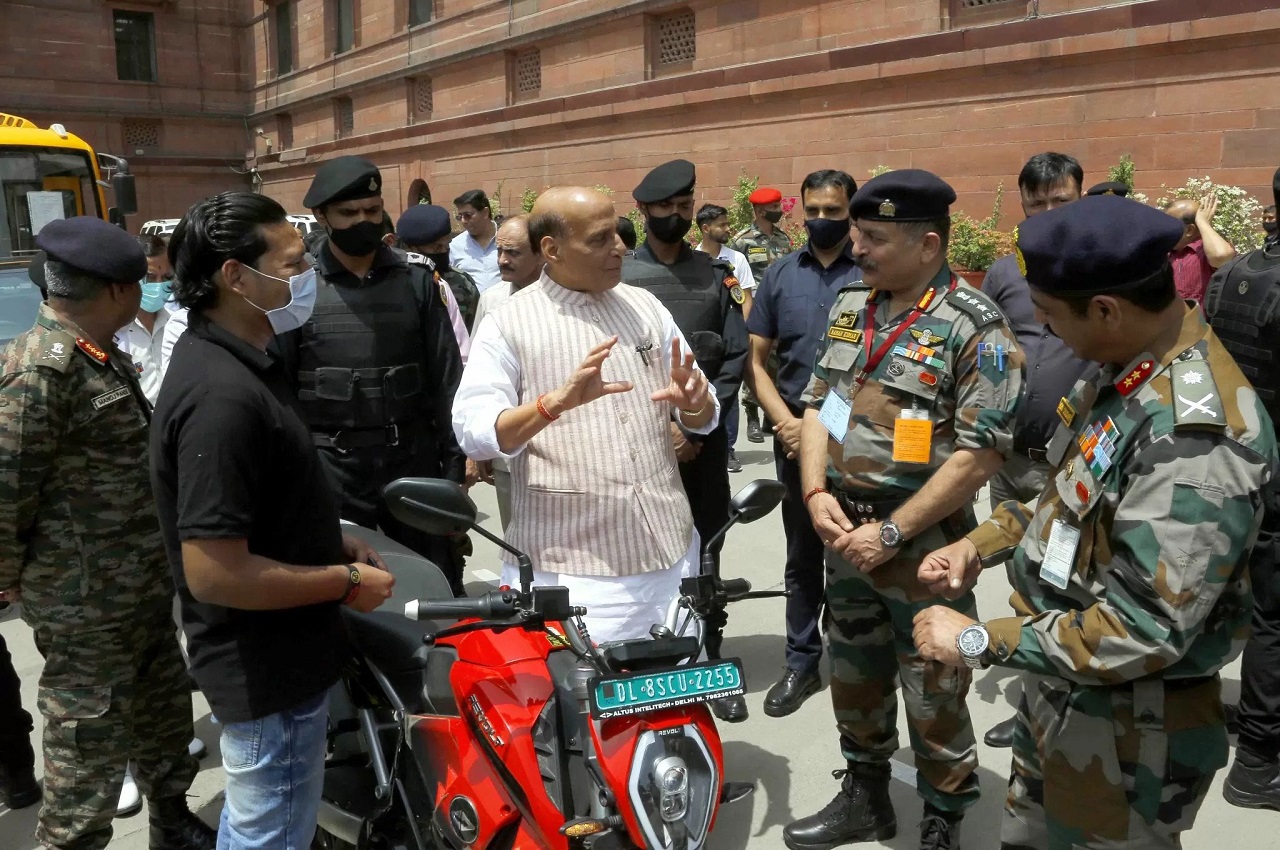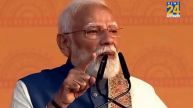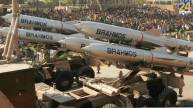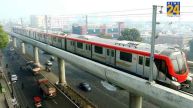New Delhi: In a move towards reducing dependence on traditional fuels, Indian Army plans to induct electric vehicles (EV) into select units to significantly reduce the carbon emissions.
According to the plans, a detailed roadmap has been prepared to ensure that 25 per cent light vehicles, 38 per cent buses and 48 per cent motorcycles of the select Army units are changed to Electric Vehicles soon with adequate charging infrastructure, news agency UNI quoted officials as saying.
“India has emerged as one of the leaders to exceed global targets of reducing greenhouse gas emissions by 2030 and 2070. Many projects are being implemented to reduce the carbon emissions and dependency on fossil fuels,” officials said.
The army is setting up infrastructure to support the EV push, media reports said, adding that the action in this regard has already been started in New Delhi and is expected to be extended to Lucknow, Pune and Kolkata.
These EV charging stations will have at least one fast charger and two to three slow chargers.
Besides, electric circuit cables, Transformers with adequate load bearing capability based on anticipated number of EVs per station are being ensured.
As per plans, the existing deficiency of Buses will be fulfilled by procuring Electric Buses for select Peace Establishments for initial exploitation, UNI report said.
An Open Tender Enquiry for procurement of 60 Buses (Electric) along with 24 Fast Chargers will soon be floated, Officials said, adding that the drive for Electric Vehicles will establish the right momentum for setting up the ecosystem for further induction of EVs in the Armed Forces.
In April this year, Defence Minister Rajnath Singh, the Chief of Army Staff and top officers of the Indian Army were given a demonstration of electric vehicles (EVs) in New Delhi.
The drive to introduce Electric Vehicles in the Indian Army gained further momentum after the demonstration.
Tata Motors, Perfect Metal Industries (PMI), and Revolt Motors all displayed their EVs and were briefed on the advancements in technology and range of operations gained over the last few years.













